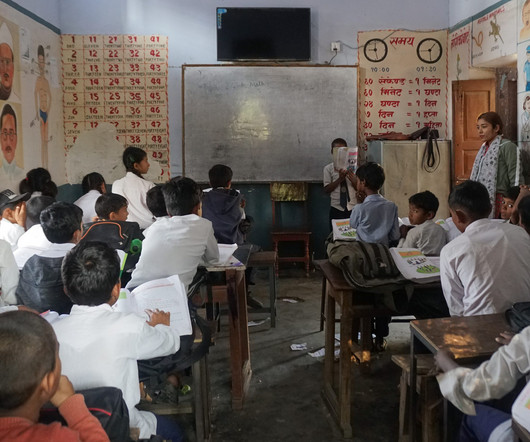Nepal says students have a right to learn in their native languages —but it still isn’t happening
The Hechinger Report
JUNE 8, 2023
Dilip grew up speaking Awadhi at home, the mother tongue of half a million Nepalis and millions more in northern India, so adjusting to Nepali as a language of learning was a major challenge. Students learn Nepali during a May 2003 lesson at the Mahendra Jhoti Secondary School in Chaurikharka, Nepal.



















Let's personalize your content